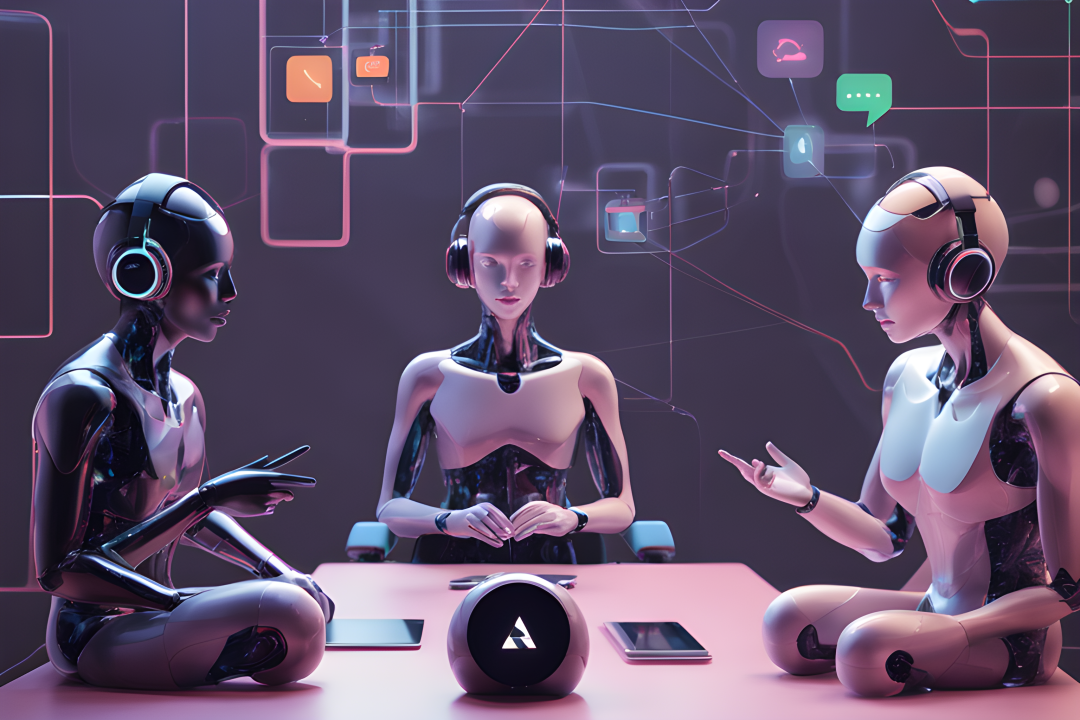OpenAI has introduced the latest iteration of its AI chatbot ChatGPT, dubbed GPT-4o, set to be available to all users, including non-subscribers.
Promising faster response times, GPT-4o boasts a conversational style that can veer towards being flirtatious, adding a new dimension to interactions with the AI. Beyond its charm, this version is equipped with enhanced capabilities, such as image reading and discussion, language translation, emotion identification from visual cues, and even memory recall for previous prompts.
During a live demonstration, the voice-enabled GPT-4o provided helpful suggestions for solving equations, translated between languages, and interpreted emotions from images. Its warm American female voice greeted users and blushed at compliments, showcasing a more engaging conversational rhythm.
However, the demo wasn’t without its glitches. GPT-4o occasionally mistook objects and started solving equations prematurely, highlighting the ongoing challenges in refining chatbot reliability and safety.
Nonetheless, OpenAI appears to be steering towards positioning GPT-4o as the next-gen AI digital assistant, akin to a turbo-charged Siri or Google Assistant, capable of multi-modal interactions and memory retention.
Despite the enthusiastic reception from the audience, concerns lingered over the environmental impact of such advanced AI technology. With AI’s growing sophistication comes increased energy consumption, a point not addressed during the unveiling.
While other chatbots like Elon Musk’s Grok and Pi from DeepMind have emphasized personality, GPT-4o’s seamless integration of text, audio, and image responses suggests OpenAI’s lead in this arena. However, the true test lies in its performance at scale once deployed to ChatGPT’s millions of users.
OpenAI’s chief technology officer, Mira Murati, hailed GPT-4o as “magical,” but emphasized the need to demystify its capabilities. Despite its convincing interactions, GPT-4o is a product of complex programming and machine learning, not magic or sentience.
Rumors of a potential partnership between OpenAI and Apple add another layer of intrigue to the unveiling, with Apple products prominently featured during the presentation. Additionally, the timing of the event, just ahead of Google’s annual conference, hints at the competitive landscape in AI development.

